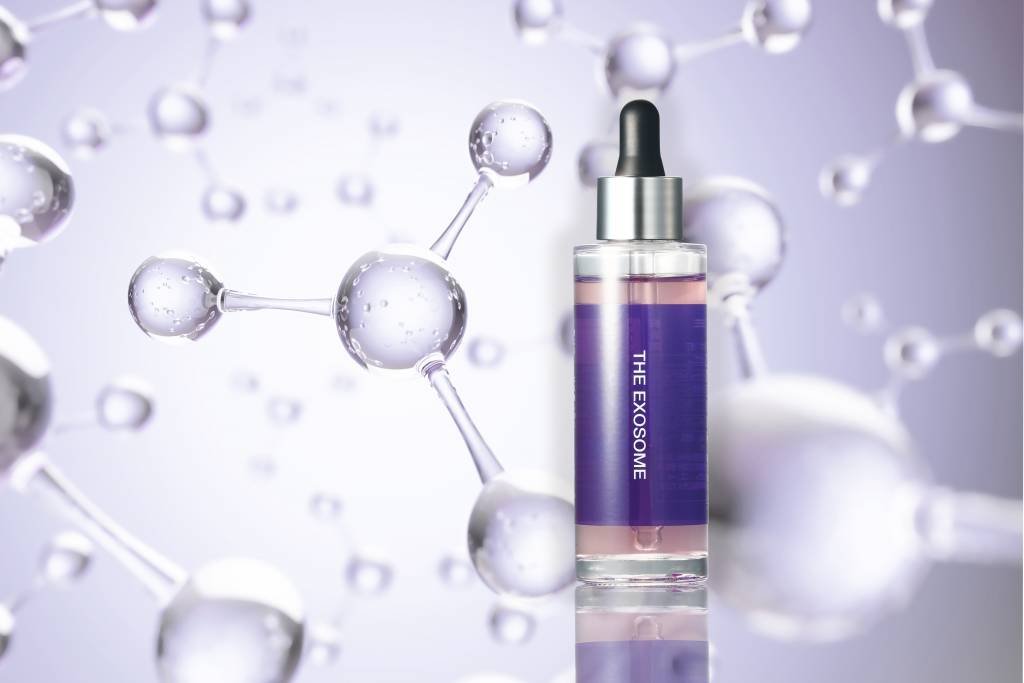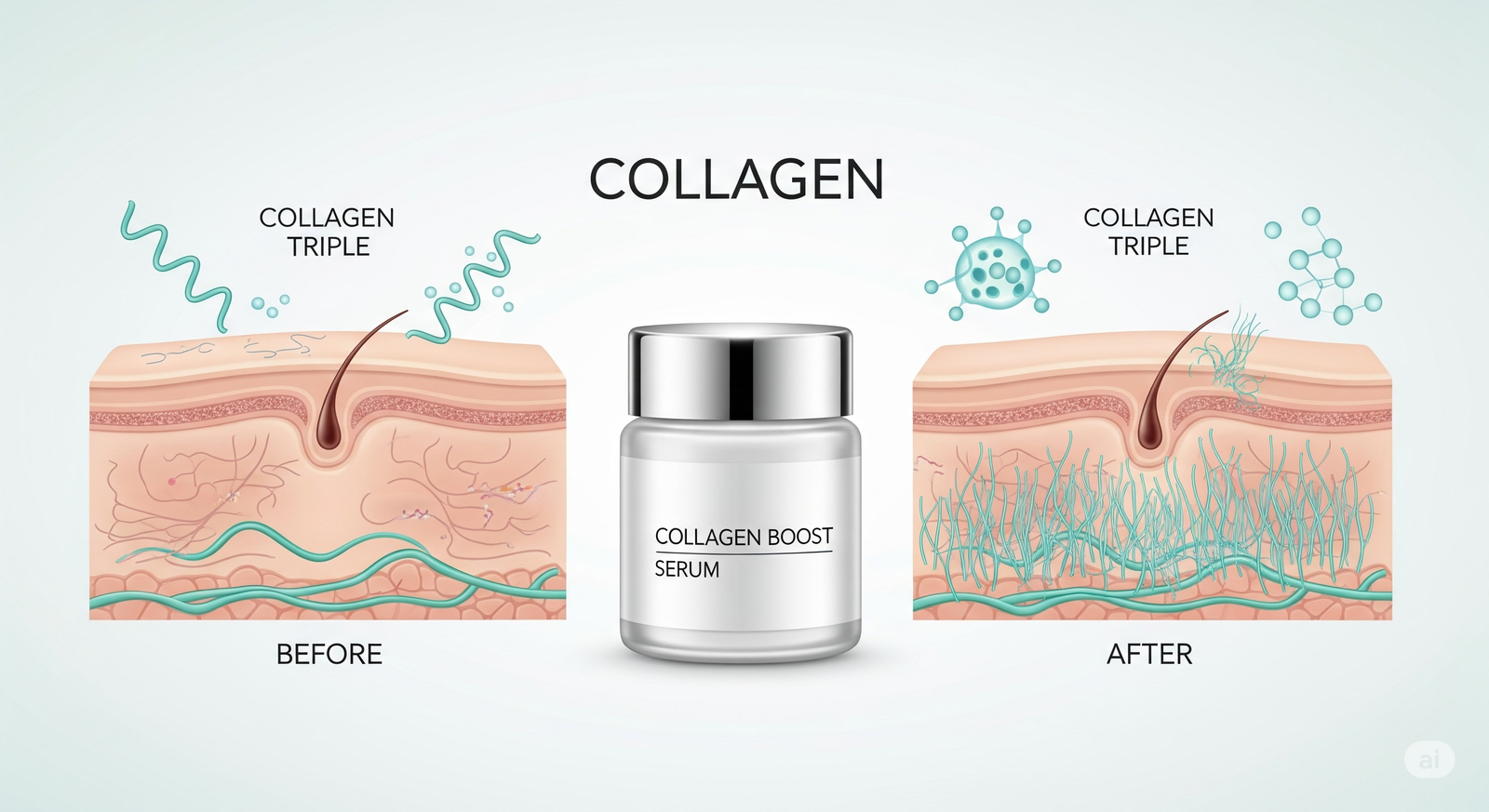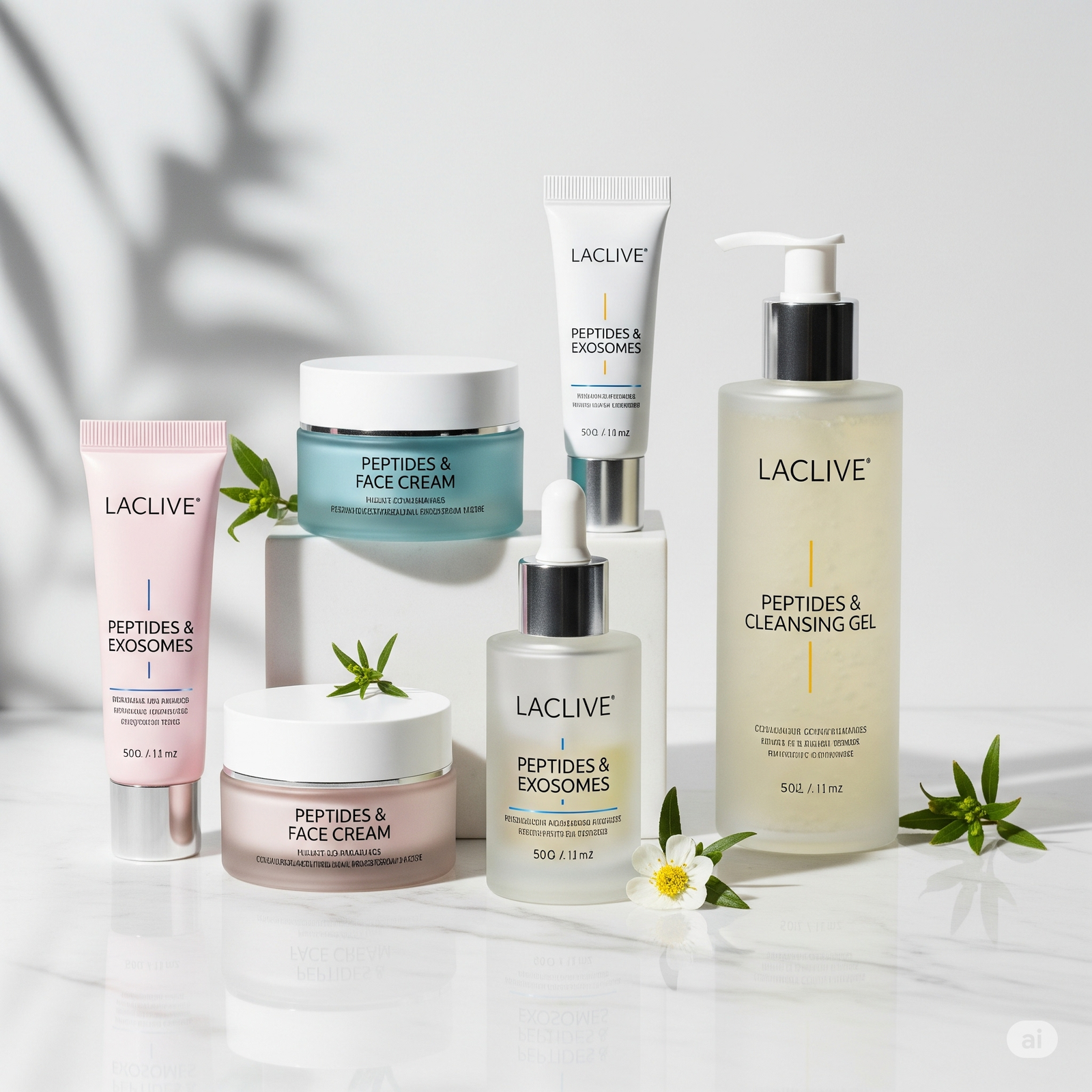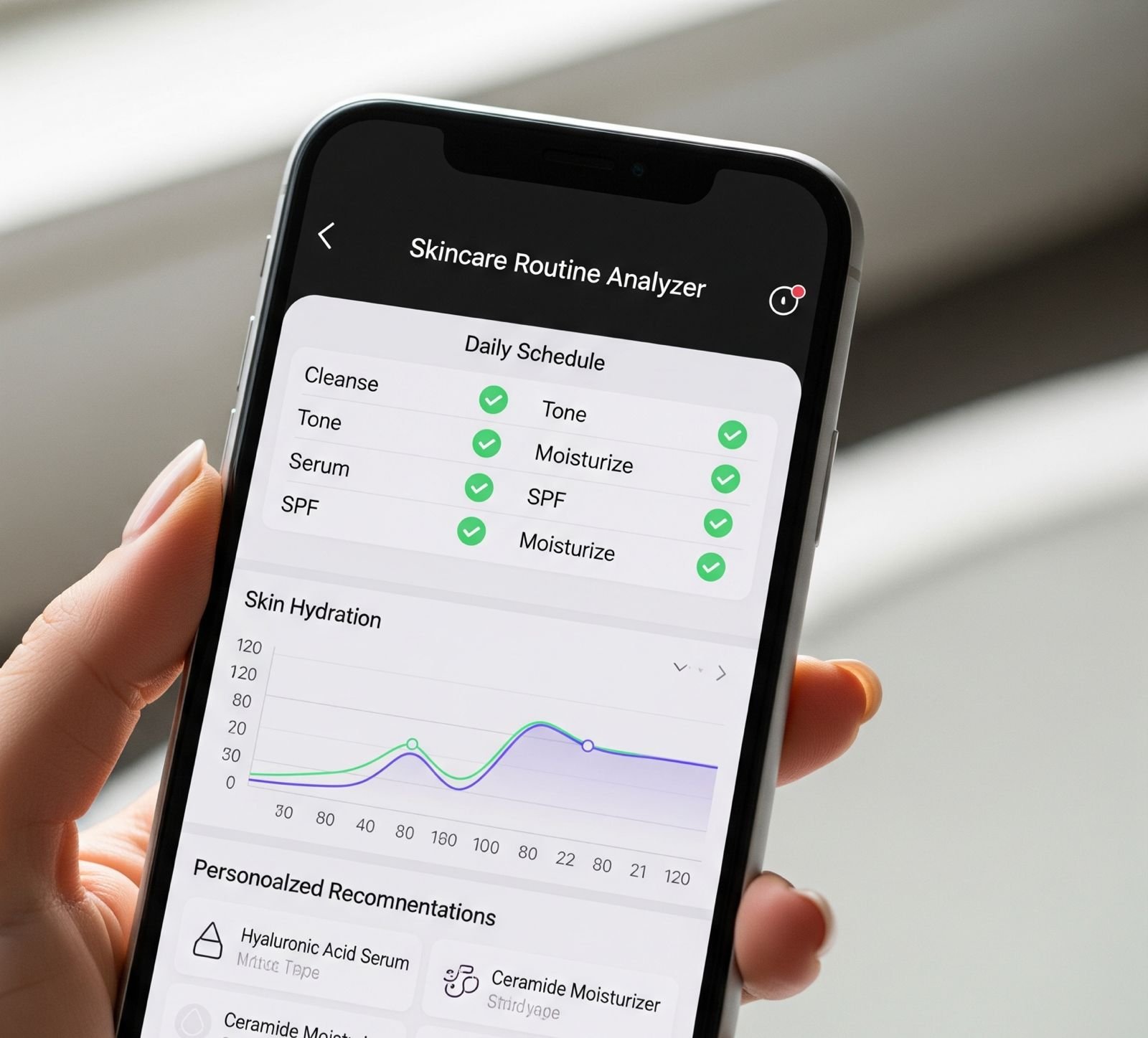Ready for the Exosome Era? The Hottest Skincare Buzzword Explained by Real Experts
Exosome serum India is redefining skincare trend 2025. Explore peptide therapy, regenerative beauty, and monsoon anti-aging insights with experts.
18 Aug'25
By Niharika Paswan


Ready for the Exosome Era? The Hottest Skincare Buzzword Explained by Real Experts
Why Exosomes Are Suddenly Everywhere

If you follow skincare trend 2025 forecasts, one word has been dominating the conversation: exosomes. From Seoul to New York, dermatology journals and beauty trade shows are buzzing with claims that exosome serum India could be the next big leap after peptides. But what are exosomes really, and why are experts calling them the future of regenerative beauty especially during humid monsoon months when skin is more reactive
Exosomes are nano-sized vesicles naturally released by cells. In skincare, they are being studied for their role in cell-to-cell communication and tissue repair. Dermatologists explain that while peptides trigger collagen building, exosomes may go a step further by carrying bioactive molecules that encourage regeneration. This makes them especially interesting in monsoon anti-aging routines, where the skin barrier is constantly challenged by excess moisture, pollution, and fungal flare-ups.
Ingredient Deep-Dive: Exosomes vs Peptides
The comparison most experts make is between exosome therapy and peptide therapy. Both fall under regenerative skincare, but they work differently.
- Peptides: Short chains of amino acids that signal the skin to repair or boost collagen. Already well-researched, peptides are widely available in creams and serums.
- Exosomes: Nano vesicles carrying proteins, lipids, and genetic material that influence cellular communication and healing. Clinical studies are still emerging, but dermatology conferences highlight their potential for wound healing and scar reduction.
In India, exosome serum India searches have grown on Google Trends since late 2024, showing rising consumer curiosity. Mintel’s 2025 report on skincare trend 2025 also flagged regenerative beauty as a top category, with peptides and exosomes leading conversations.
Monsoon Context: Why Regeneration Matters More Now

Humidity is a double-edged sword for skin health. While it prevents extreme dryness, it also weakens the barrier, leaving skin vulnerable to acne, fungal infections, and sensitivity. Dermatologists say this is why regenerative beauty ingredients gain importance during the rainy season.
Exosomes and peptides may offer specific benefits in monsoon skincare:
- Barrier Repair: Helps strengthen the skin’s natural shield against pollutants and microbes.
- Post-Inflammation Healing: Monsoon acne often leaves marks, regenerative ingredients support faster recovery.
- Anti-Aging: Excess moisture and fungal stress accelerate fine lines in some skin types, making monsoon anti-aging a real need.
This is why brands are positioning exosome serum India alongside waterproof sunscreen India as a rainy season must-have. Harper’s Bazaar unveils exosomes as beauty’s latest buzzword by explaining why they are essential for today’s skincare conversation.
Expert Voices: What Dermatologists Are Saying
Dr Jaishree Sharad, a Mumbai-based celebrity dermatologist, has spoken about regenerative skincare’s rise, noting that exosomes are being explored for their wound-healing properties though mainstream consumer formulations are still early stage. She advises cautious optimism, reminding users that most products are cosmetic-grade, not medical-grade exosome therapy.
International experts echo similar caution. A 2024 Journal of Cosmetic Dermatology review noted promising results in skin rejuvenation but stressed the need for more peer-reviewed, long-term studies. For consumers in India, this means using exosome-infused serums as supportive skincare rather than miracle cures.
Admigos Insight: Mapping Ingredient Adoption
At Admigos, our ingredient adoption map shows a sharp uptick in searches for regenerative beauty, particularly in metro cities like Delhi and Bengaluru where monsoon-related skin issues trend high. Data also reveals that peptide therapy remains the most purchased category, but exosome serum India is gaining traction in premium ecommerce channels.
Dermatologist co-commentary integrated into Admigos dashboards highlights how experts are advising brands to introduce hybrid formulations pairing exosomes with peptides or hyaluronic acid for a safer and more effective entry point into the market.
The Rise of Regenerative Beauty as a Skincare Trend 2025

Beauty forecasting agencies like WGSN and Euromonitor have placed regenerative beauty among the top 5 skincare trend 2025 pillars. In India, where pollution and climate swings make the skin barrier highly vulnerable, regenerative approaches resonate deeply.
- Peptide Therapy: Already mainstream, with brands like The Ordinary and Paula’s Choice gaining cult followings.
- Exosome Serums: The next frontier, with Korean beauty labels leading the conversation and Indian luxury clinics beginning to test formulations.
- Stem Cell & Growth Factors: Adjacent technologies being studied but still largely in clinical settings.
For monsoon anti-aging consumers, this ecosystem of regenerative ingredients is shaping purchase decisions in the Rs 2000-5000 premium serum range. ELLE presents Everything You Need to Know About Exosomes exploring their role in skincare, hair restoration, and modern aesthetics.
Real Reviews: What Indian Consumers Are Saying
Since exosome serums are still niche in India, most verified reviews come from imported K-beauty brands sold via platforms like Nykaa Global and YesStyle. Verified buyers highlight improved hydration and post-acne mark fading but also point out the high price and lack of clarity about clinical backing.
Peptide therapy, by contrast, has far more established Indian consumer trust. Gel-based peptide serums are particularly popular in monsoon because they feel lighter than creams and absorb quickly in humid weather. This suggests that while exosome serum India is gaining buzz, it will likely coexist with peptide therapy rather than replace it.
How to Approach Exosome Products in 2025
For consumers curious about the exosome era, experts recommend:
- Check the Label: Ensure exosomes are listed with concentration details, not just used as a buzzword.
- Pair with SPF: No regenerative routine works without sun protection, even in rainy weather SPF is crucial.
- Look for Hybrids: Exosome with peptide or exosome and hyaluronic acid blends may deliver more visible benefits.
- Stay Skeptical: Avoid overclaims and remember research is still evolving.
The Admigos Takeaway
Exosome serum India is more than just hype, it reflects the broader skincare trend 2025 toward regenerative beauty. But the monsoon anti-aging story is still written in peptides and barrier repair staples. Admigos ingredient adoption map confirms that peptides remain leaders, but exosomes are the rising co-star, especially in premium skincare conversations.
For brands, this means now is the time to experiment with formulations, guided by dermatologist commentary and consumer search data. For consumers, it means enjoying innovation while keeping expectations realistic.
— By Niharika Paswan
AI Skincare: How Personalised Routine Analysers Are Reshaping Monsoon Beauty in 2025
Explainer and case study: How AI-driven routines are trending for rainy climates
